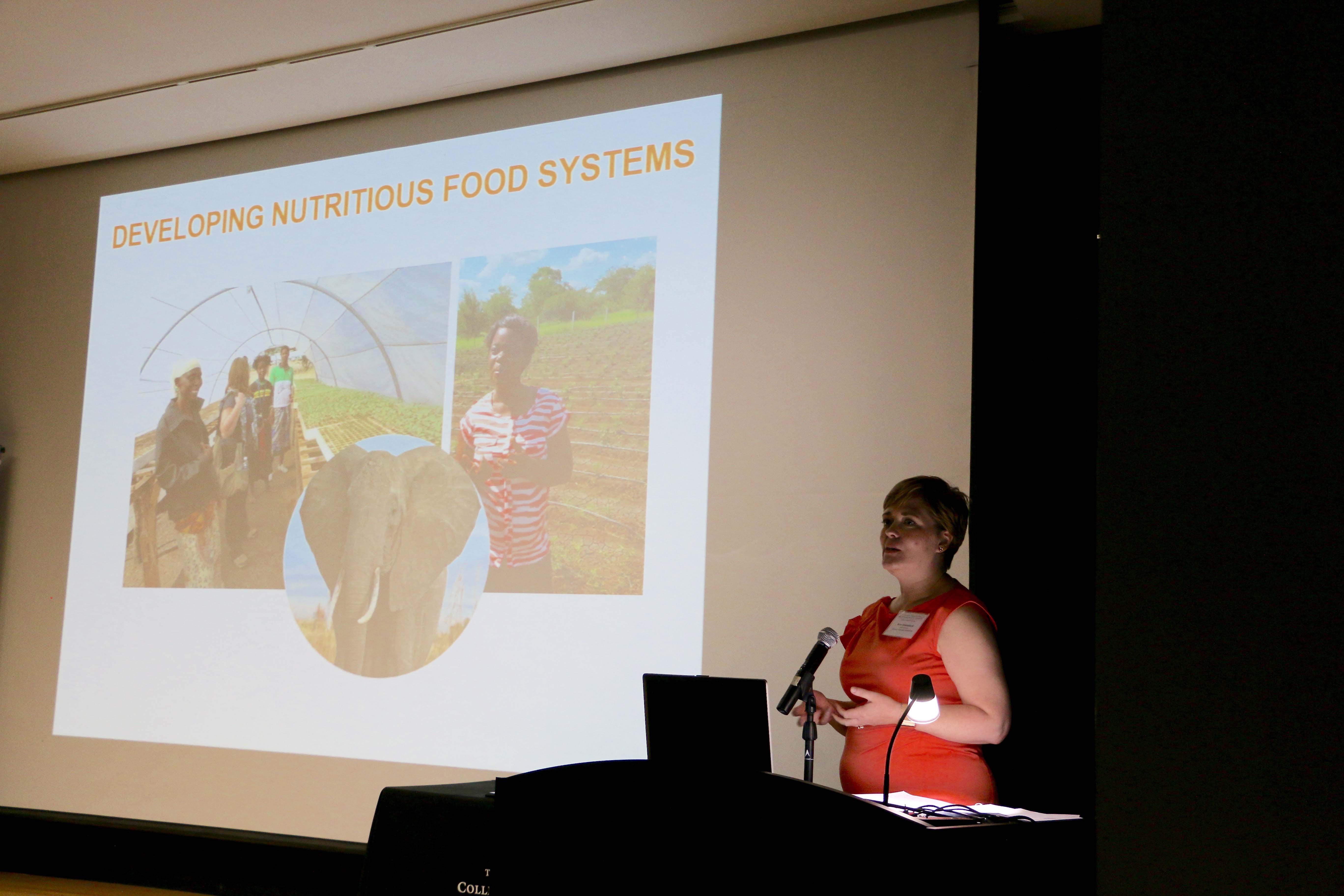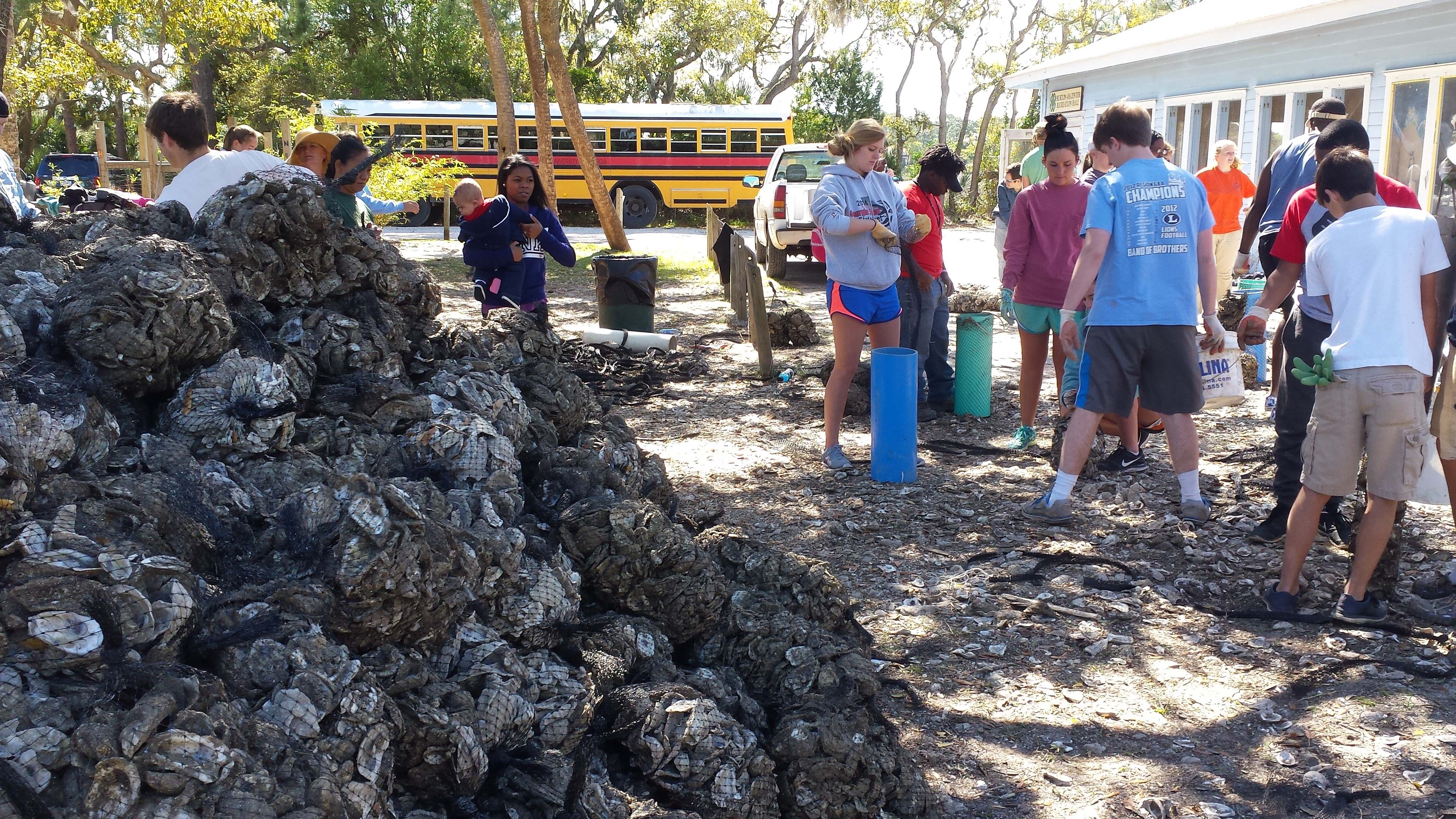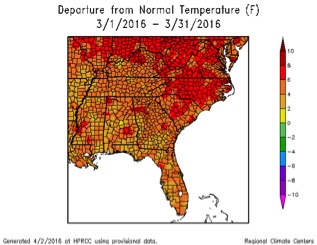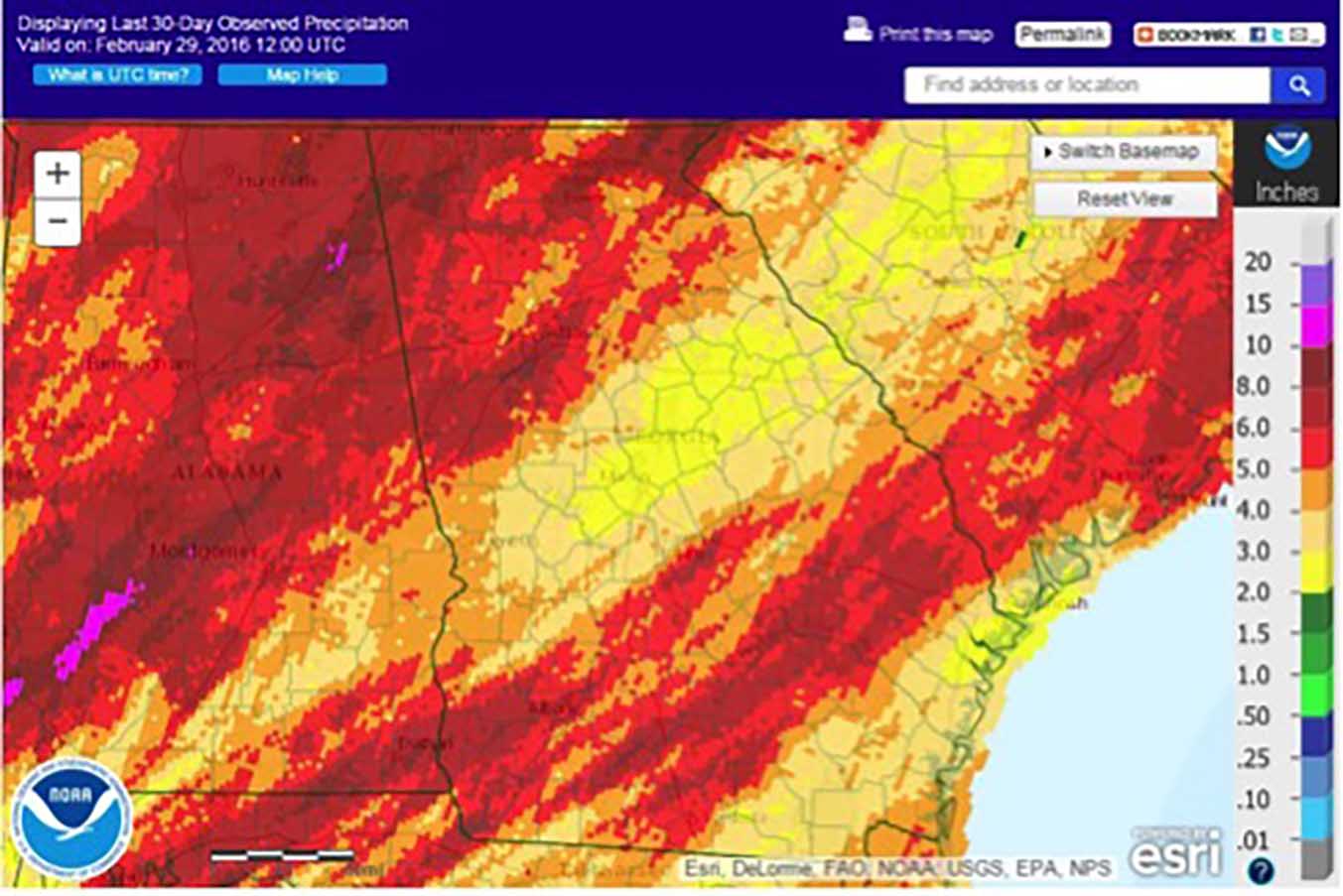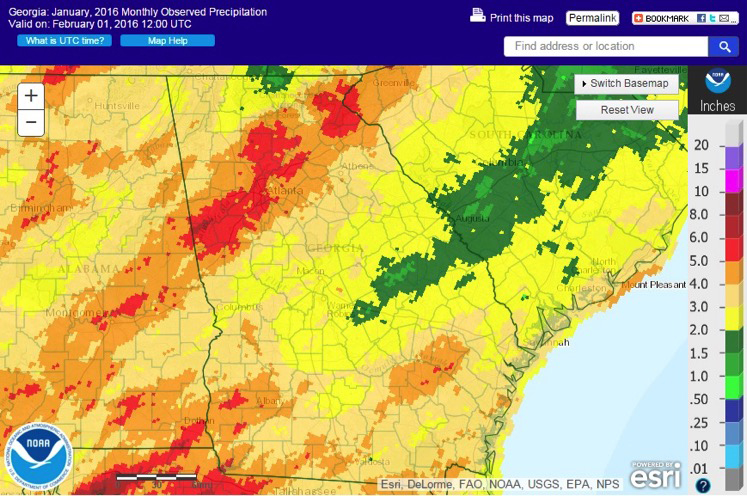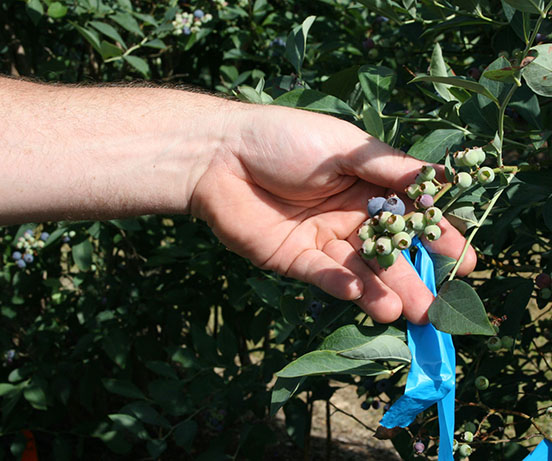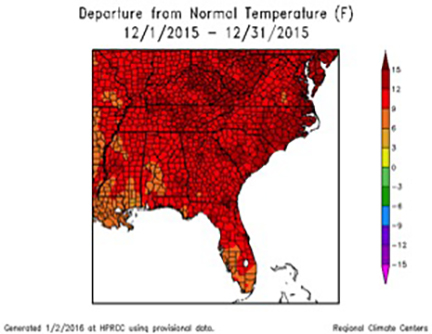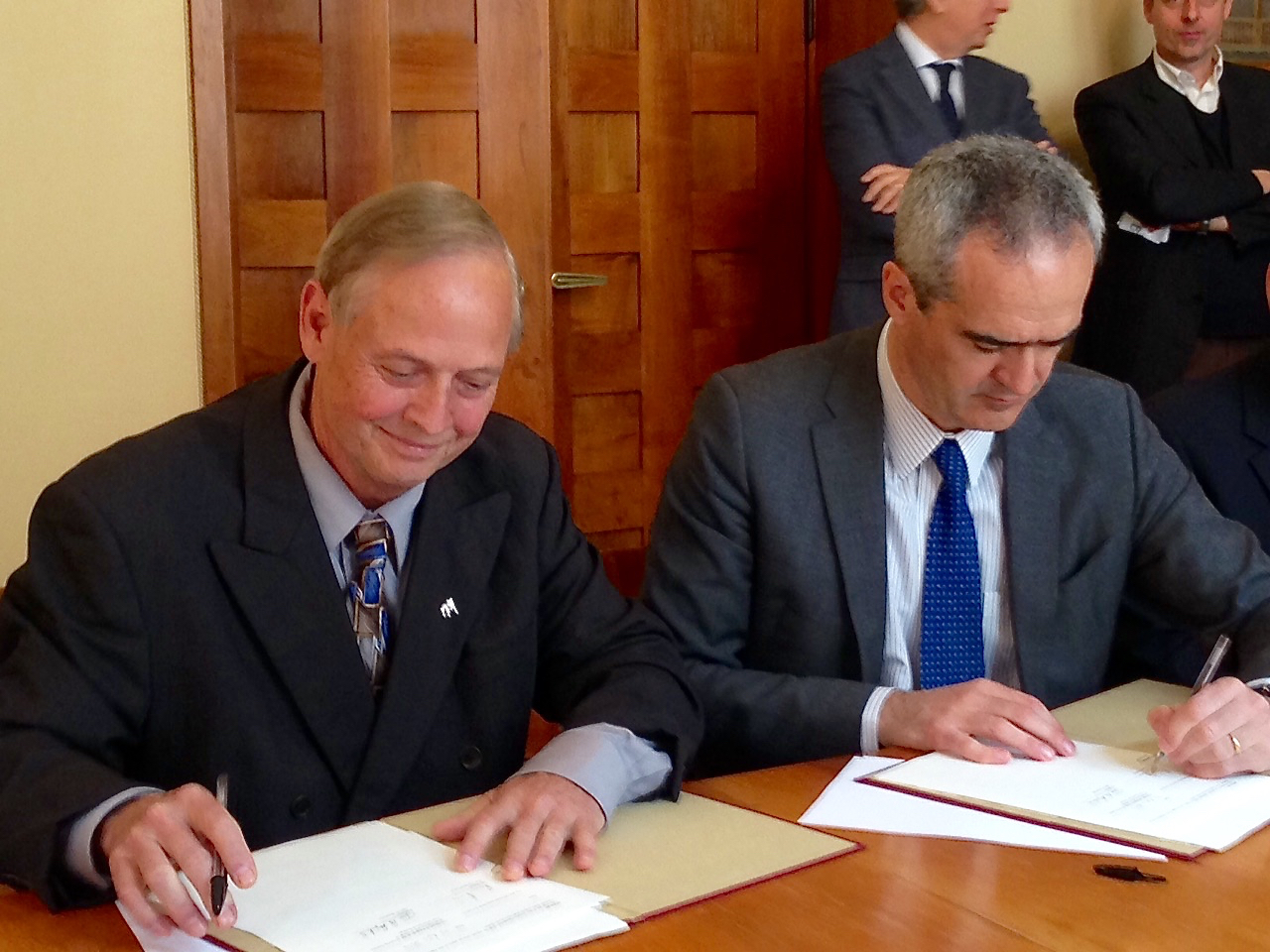 CAES News
CAES News
Sustainable Ag Master's Degree
To promote collaboration on some of the biggest challenges facing agriculture today, the University of Georgia College of Agricultural and Environmental Sciences is partnering with the University of Padova in Italy for a groundbreaking dual master’s degree program in sustainable agriculture.

